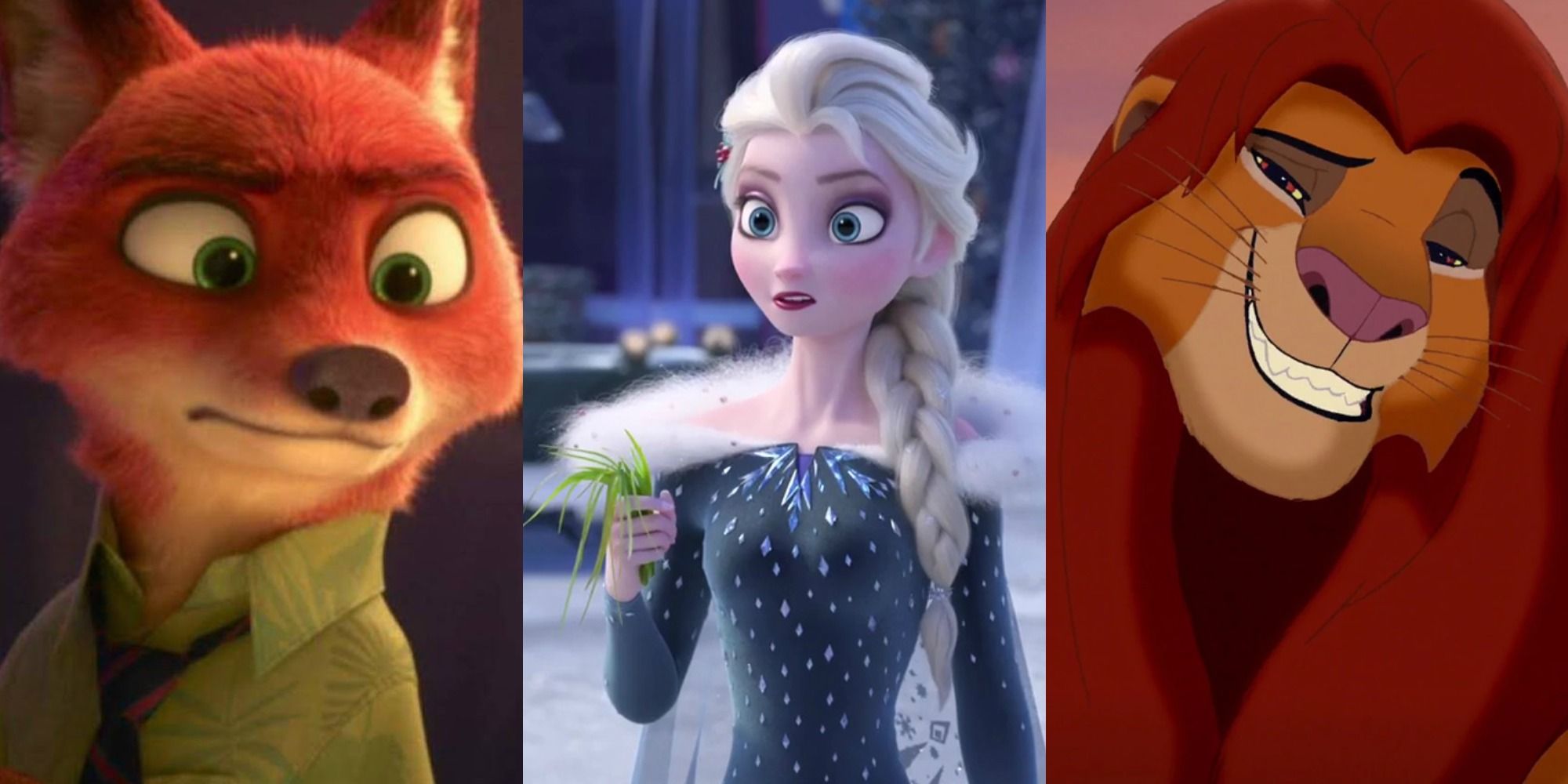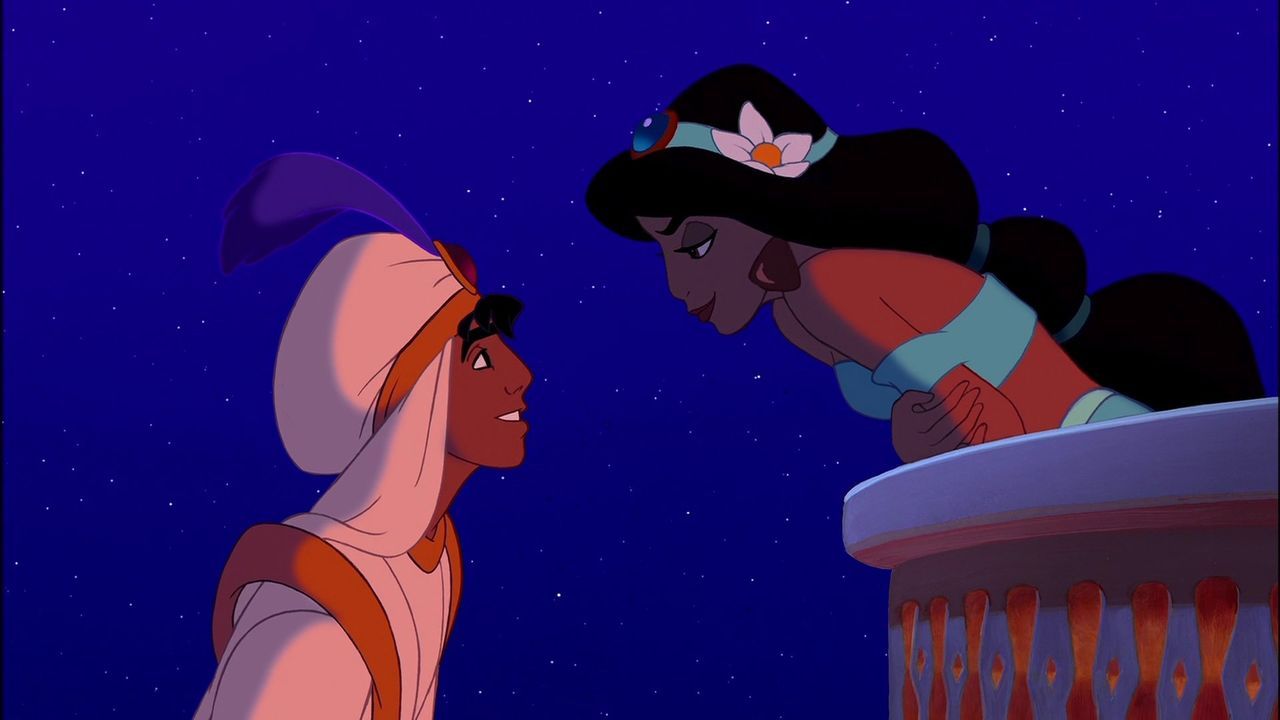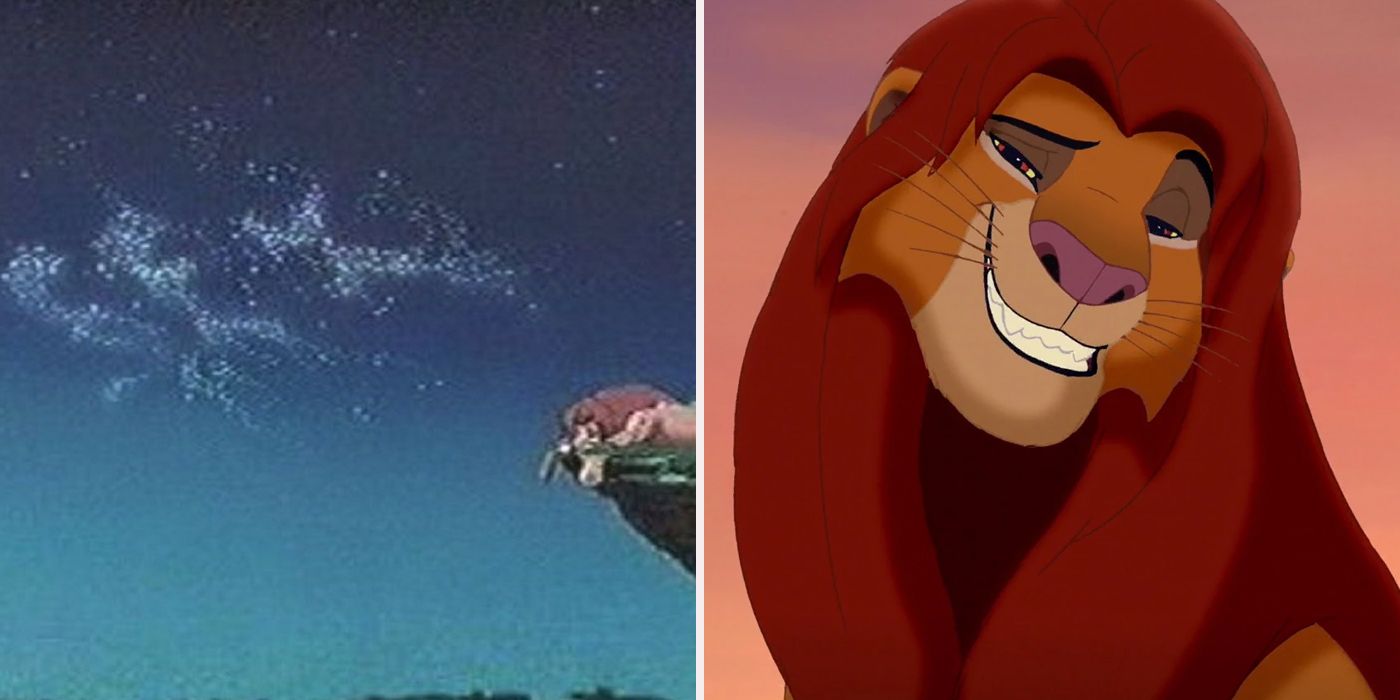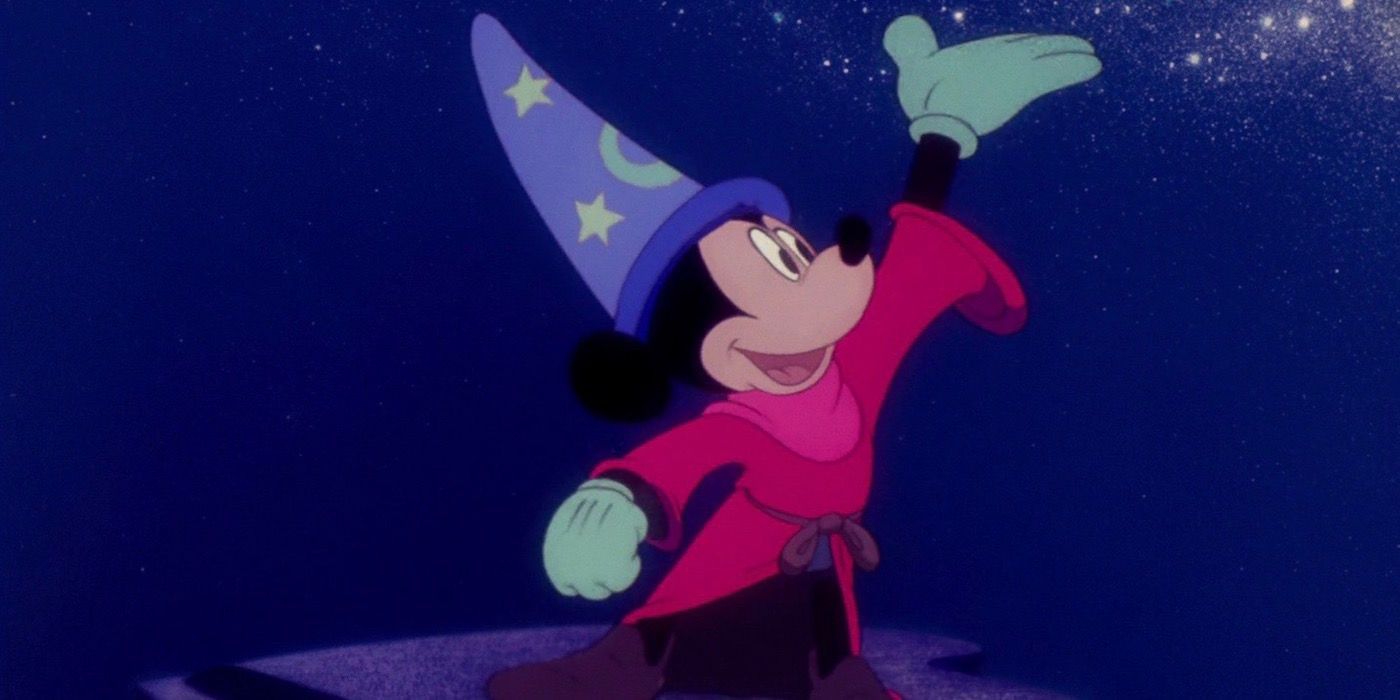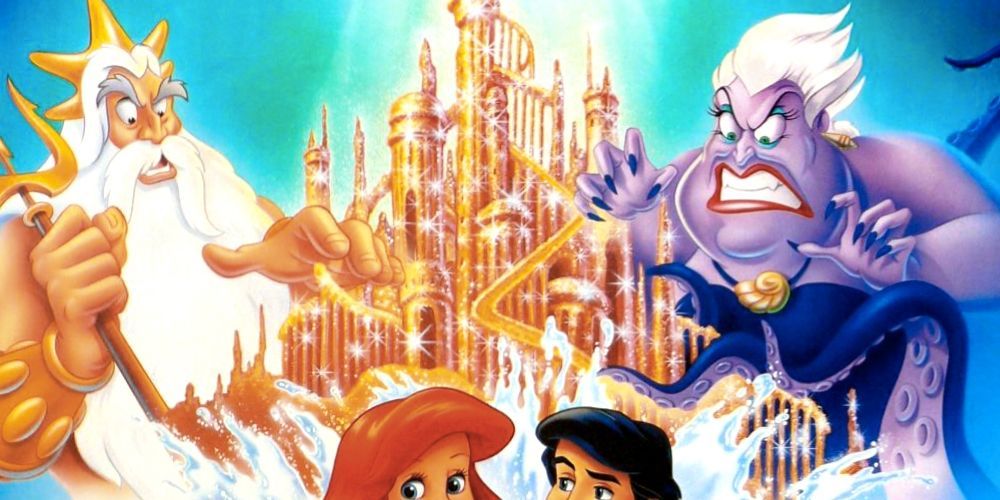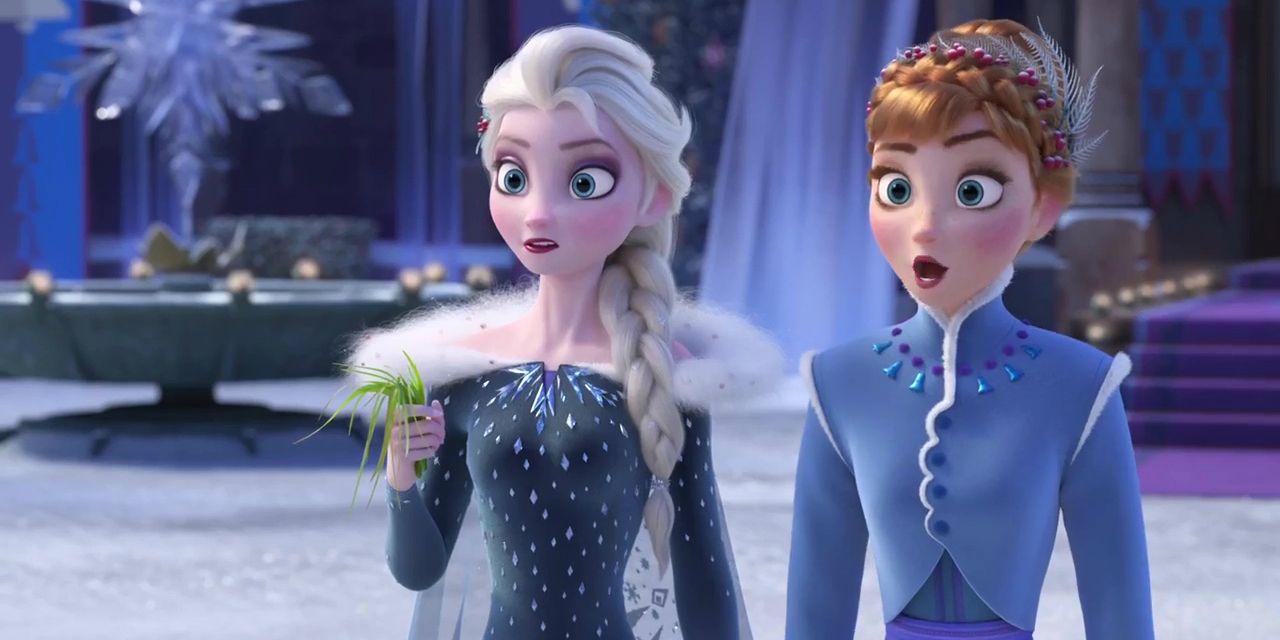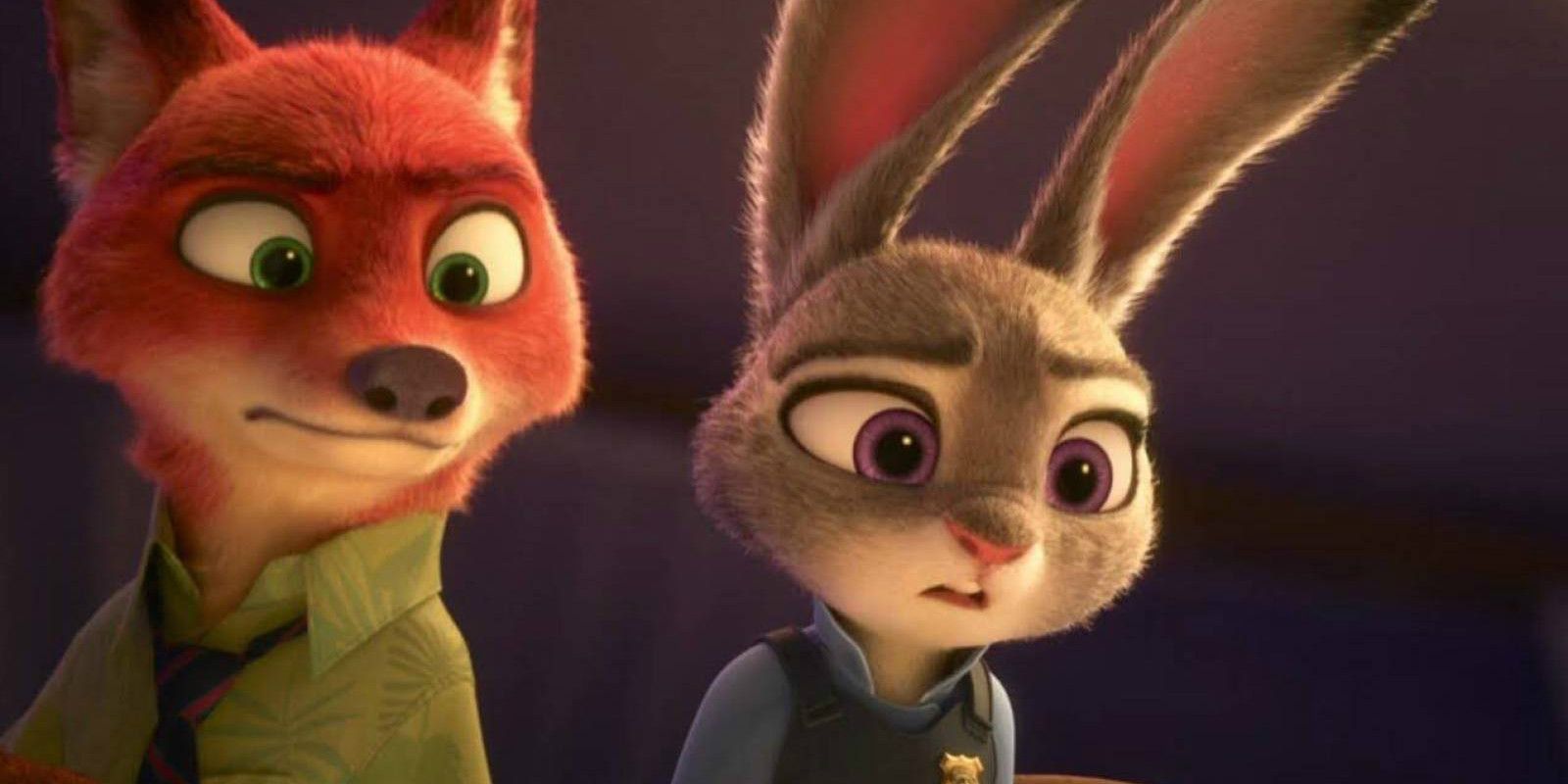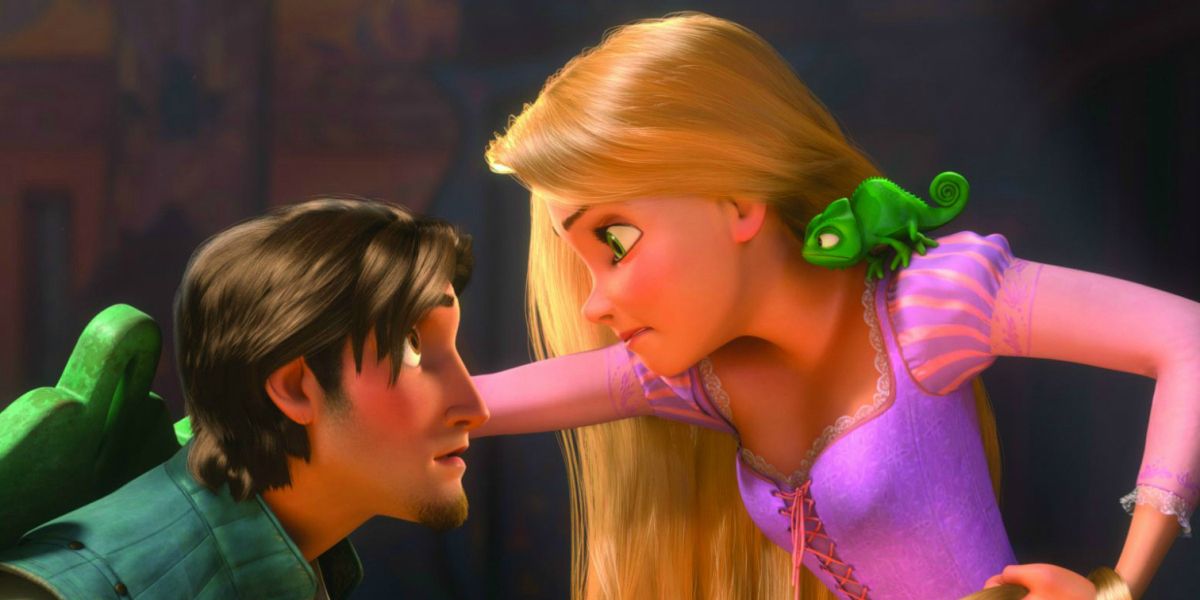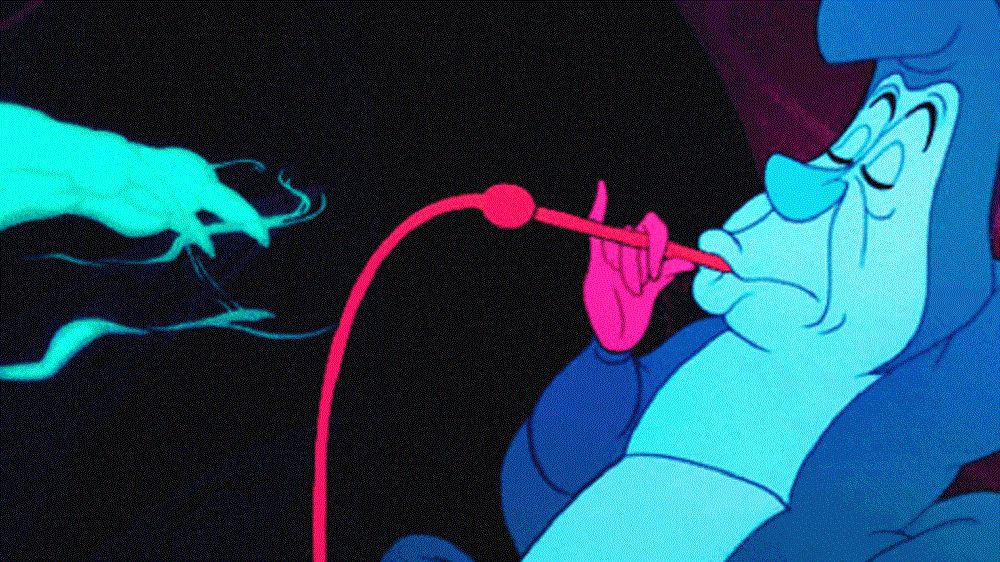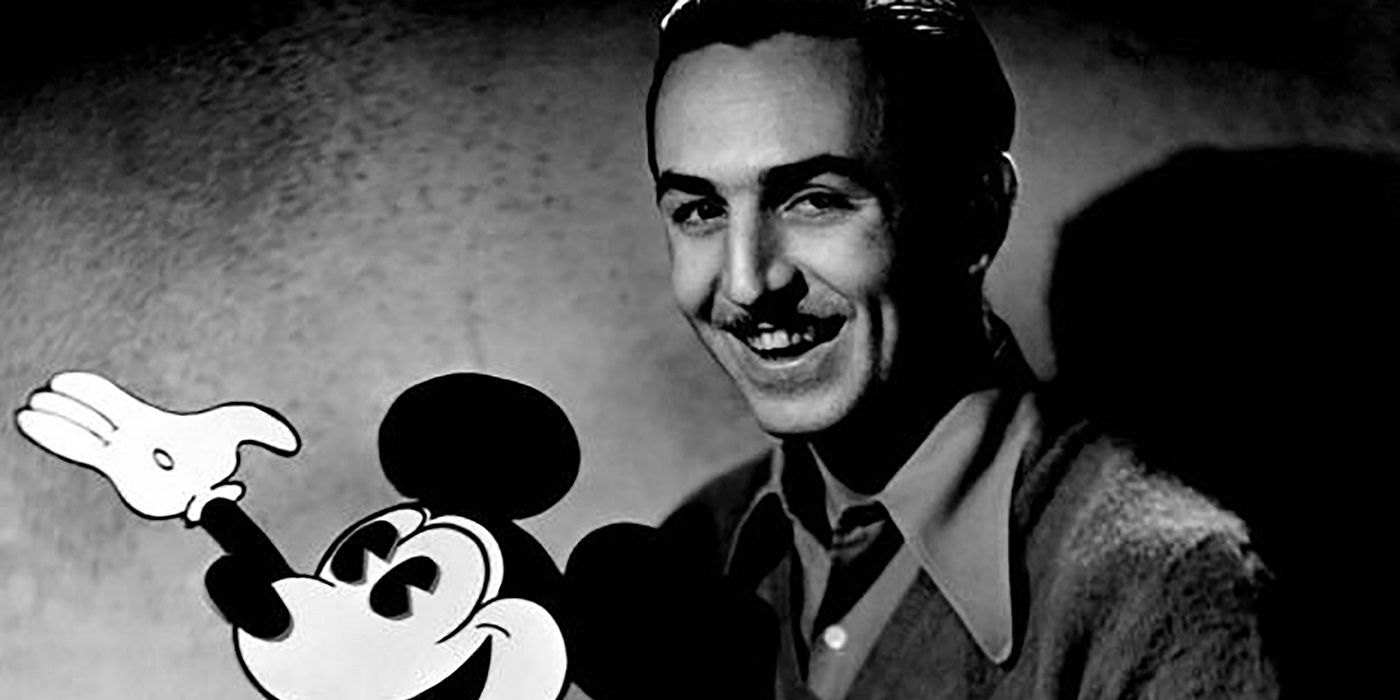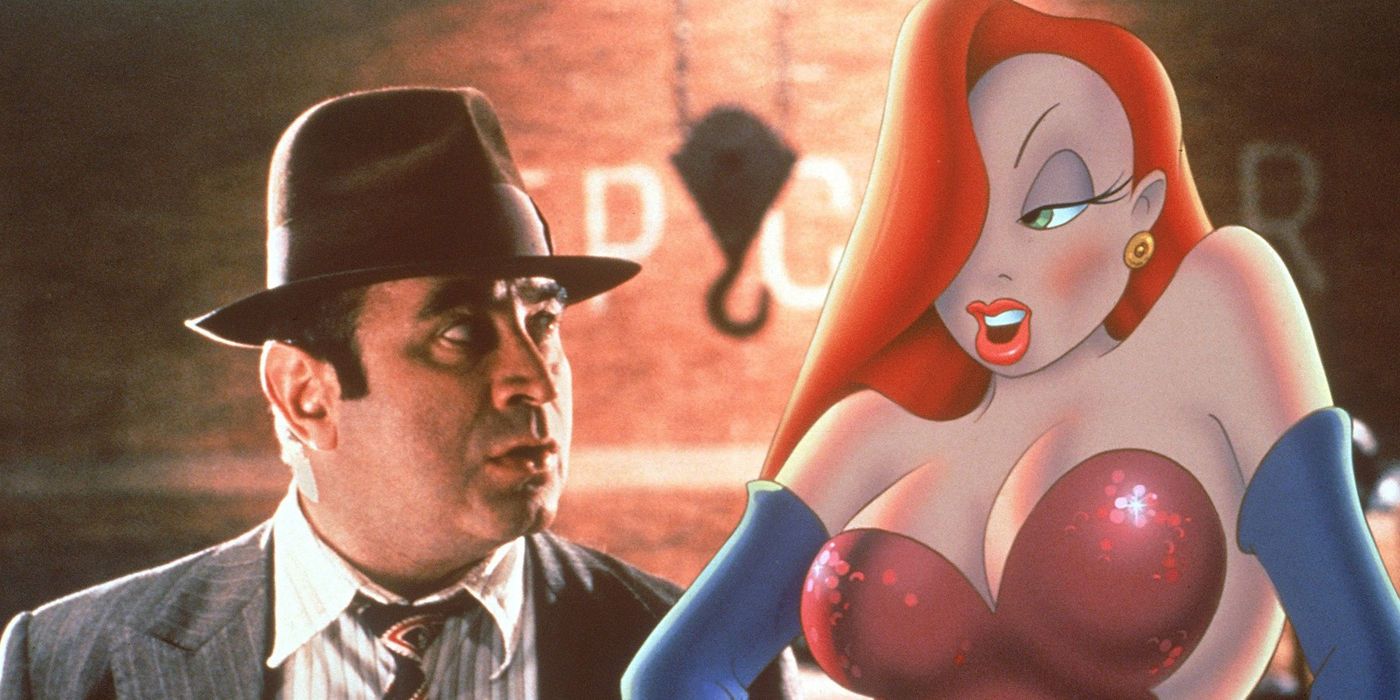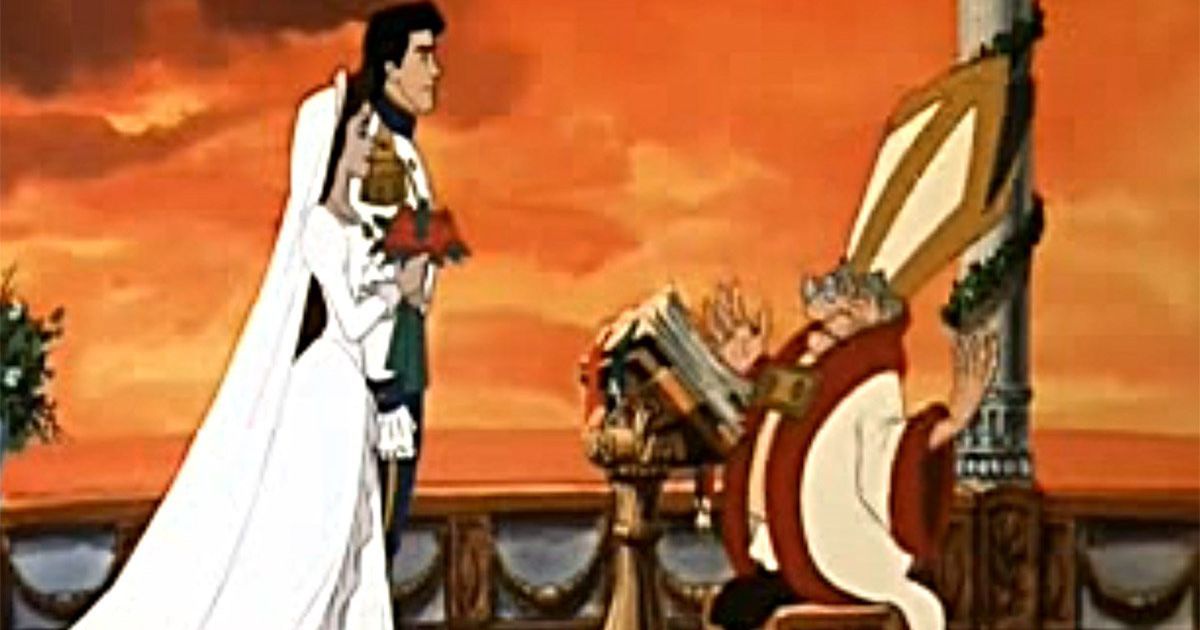The Walt Disney Company was founded way back in 1923 – which is more than enough time for the global entertainment conglomerate to have courted its fair share of controversy. Over the last 94 years and counting, the House of Mouse has weathered scandals related to everything from the content of its films to the conduct of its media and theme park businesses.
Although many of the allegations Disney has faced during this time have since proven to be true, a surprising number have also ended up being false. This is especially the case with much of Walt Disney Studio’s animated output, where the brouhaha over certain supposedly immoral or discriminatory material often turns out to have little basis in actual fact.
Given Disney’s family-friendly image, situations like this which tarnish that reputation can be particularly damaging – not to mention frustrating, considering the public backlash involved is unwarranted. It can also be costly, as Disney will often go to the considerable expense of altering a film for its home video release, all to remove content that wasn’t even controversial in the first place!
Let’s take a look at 11 Disney Scandals That Turned Out To Be Fake from the past nine decades.
Aladdin Gets Sleazy
There’s plenty about Aladdin that actually is scandalous. The opening musical number, “Arabian Nights”, initially contained lyrics (later altered) that were wildly insensitive towards Middle Eastern culture, and both Aladdin and Jasmine’s character designs have clearly been whitewashed.
That said, one controversy surrounding the film that was totally unwarranted was the complaint regarding Aladdin supposedly whispering the phrase “Good teenagers, take off your clothes.” Of course, that would be inappropriate in a movie geared towards family audiences – but the thing is, our hero never actually utters these words!
In a simple case of a line being misheard, what the kind-hearted street urchin really says is “Good tiger, take off and go” (he’s shooing away Jasmine’s jungle cat, Rajah). Even so, Disney found the ensuing outcry embarrassing enough that the line was omitted from Aladdin’s DVD release.
"SFX" IN THE LION KING'S SKY
The Lion King is one of Disney’s most acclaimed and beloved movies – but even it couldn’t avoid unflattering scrutiny. Many commentators have pointed out the film’s strong similarities to Japanese anime television series Kimba the White Lion (which the directors claim was unintentional) as well as its inaccurate portrayal of hyenas (which they kinda just ignored).
But these scandals pale in comparison to the furore that erupted when eagle-eyed audience members noticed that a cloud of dust appeared to spell out “SEX” in one scene. Intriguingly, the filmmakers didn’t deny that a word appears on screen – but they were adamant it wasn’t that word! Instead, the team behind The Lion King revealed that the letters actually spell out “SFX”, a reference to flick’s visual effects team.
Fantasia
The negative press attached to Fantasia predominantly centers around the racial stereotypes on display in the “Pastoral Symphony” segment, where a black centaur polishes the hooves of one of her white brethren. Disney has acknowledged the offensiveness of this material, discarding it from all subsequent re-releases of the movie.
A less remarked upon scandal that Fantasia became embroiled in revolved around Disney’s permission to feature “The Rite of Spring” when the film was released on home video in 1991. According to a lawsuit filed by music publisher Boosey & Hawkes, the studio was only granted the rights to include Igor Stravinsky’s piece when it was screened in theatres. The US district court ruled in Boosey & Hawkes favor, however fortunately for Disney, this decision was later overturned by the Court of Appeals.
The Little Mermaid VHS Cover's Inappropriate "Tower"
Criticisms of Disney’s animated features aren’t always limited to the film itself – they can even extend to home release packaging. Such was the case with the artwork for the original VHS release of The Little Mermaid, which upon close inspection, depicted a castle tower that bore a striking resemblance to male genitalia!
Both the studio and the artist responsible were mortified when the phallic structure was pointed out to them, and were adamant that this was an honest mistake. Apparently, the cover artwork was the victim of a tight turnaround deadline, which resulted in the crudely rendered tower not being spotted during the proofing stage.
So yes, there is a phallic object on the first The Little Mermaid VHS cover – it’s been removed from later editions of the video and DVD – but it’s fair to say this is an unfortunate coincidence, and not a malicious act.
Frozen’s Head Of Animation Made Sexist Comments
One of the downfalls of giving media interviews to promote a film is that you run the risk of being misquoted or having your comments taken out of context. This was the predicament that Lino DiSalvo, head of animation on Frozen found himself in, after being accused of making sexist remarks during a discussion with Fan Voice.
According to DiSalvo, his comments – which as presented, stated that animating female characters was more difficult due to the need to keep them looking attractive – were served up devoid of crucial context. Despite clarifying his views in a follow-up interview (he was merely making a point about the challenges involved with giving any character emotional range), the original story had already spread like wildfire and the damage was done.
Disney Stole The Idea For Zootopia
Along with pretty much every film studio ever, Disney has been accused of plagiarizing the work of others on multiple occasions. One such unsuccessful claim was lodged by screenwriter Gary L. Goldman, who took the House of Mouse to court for copyright infringement over Zootopia. The way Goldman saw it, the basis for the story and characters of Zootopia had their genesis in the live-action film Looney that he had previously pitched to Disney, only to be turned down.
To his credit, Goldman was able to provide the court with concept artwork created for Looney that bore a striking resemblance to the characters in Zootopia. Ultimately, however, US District Judge Michael W. Fitzgerald sided with Disney, believing the similarities between the two works were not significant enough to constitute copyright infringement.
Tangled Was Retitled Solely To Appeal To Boys
Tangled represents another instance where there’s some validity to the controversy that arose, as the filmmakers admitted to changing the title in an attempt appeal more to young boys. But that’s not the only reason that the change was made.
True, the idea that male viewers would be less inclined to see a film titled “Rapunzel” was a motivating factor behind several studio executives pushing for the Tangled moniker. But directors Nathan Greno and Byron Howard both maintain that there was another, more innocent rationale behind the title swap.
See, according to Greno and Howard, as the script developed, male protagonist Flynn’s role expanded significantly, to the point where he was almost as prominent as Rapunzel herself. As such, they have argued that the then-current title needed to be altered in order to reflect this – and not in deference to cynical marketing concerns.
Alice In Wonderland Is An Intentional Allegory For Tripping Out
Thanks to its psychedelic visuals and surrealist plot, Alice in Wonderland has developed a reputation for being an allegory for the effects of drug use. It’s an easy interpretation to arrive at – what with all the mushroom consumption, talking flowers, and whatnot – but it certainly wasn’t what Walt Disney himself originally had in mind.
On the contrary, Walt actively made his displeasure over the association between Alice in Wonderland and drug culture known. He even went as far as confiscating prints of the film from universities where he suspected it would be screened as a “head film” by teenagers looking to get high!
It wasn’t until after Walt’s death that the studio would try to cash in on the movie’s popularity among the counter-culture set, to the point of actually emphasizing its more trippy aspects as part of the marketing.
Walt Disney Was An Anti-Semite / Racist
Remember how we mentioned earlier that Disney’s scandals weren’t limited to the studio’s movies themselves? Well, of these non-film-related controversies, none holds a candle to the rumors that Walt Disney himself was either an anti-semite, a racist, or both!
Despite the many allegations over the years – and the admittedly morbid fascination inherent to the idea of such a wholesome figure possessing such unwholesome qualities – there’s very little to indicate that Walt was racially intolerant.
Indeed, the overwhelming body of evidence, including charitable donations he made and testimony by employees who were either non-white or Jewish – even those, like Art Babbit, who hated him – paints Disney in equitable light. So no, he almost certainly wasn’t a racist - although he was probably more than a little sexist...
Jessica Rabbit Exposes Herself To The Audience
Let’s return to examining Who Framed Roger Rabbit?, and what is undeniably one of the most infamous scandals in animated movie history: Jessica Rabbit allegedly flashing the audience! So the legend goes, Ms. Rabbit briefly exposes her…swimsuit area in the middle of her big musical number, in a “blink and you’ll miss it” subliminal moment.
Those who claim to have witnessed Jessica Rabbit’s Basic Instinct homage say they did so by viewing the laser disc (remember those?) version of the film frame-by-frame. And to be honest? The jury is technically still out on whether or not this one is legit. Independent attempts to replicate the results have yielded results that render things inconclusive at best – it’s incredibly blurry down there – and a kind of pathetic case of wishful thinking at worst.
The Bishop In The Little Mermaid is VERY Excited
The Little Mermaid has long been dogged by complaints that the bishop officiating over Prince Eric’s marriage to Ursula has is... inappropriately excited. On first blush, it’s hard not to consider this scandal a valid one. The clergyman clearly has a rather conspicuous bulge roughly where his groin would be, beneath his flowing robes.
So what’s actually going on here? Believe it or not, it’s essentially an optical illusion! See, the bishop has rather knobbly knees, and it's the awkward placement of one of those knees for a few frames that create the apparent arousal that many adult-minded viewers caught. Even so, Disney has subsequently erased the offending bulge in subsequent home releases, just to be on the safe side.

